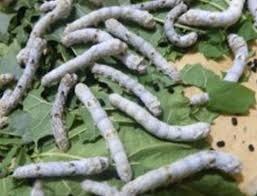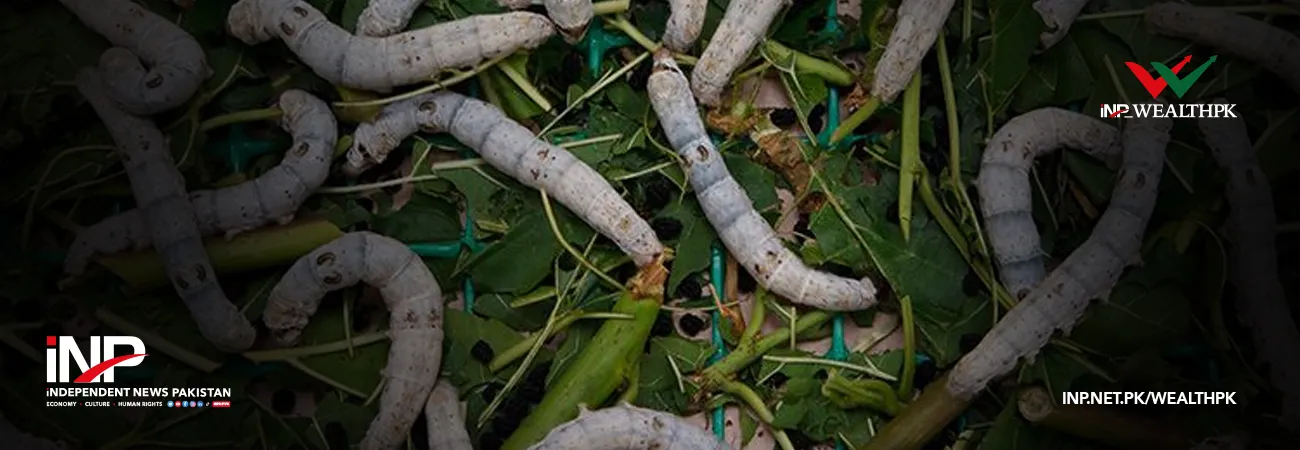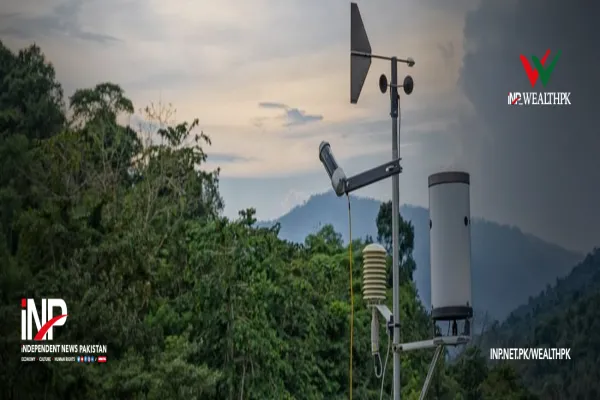i INP-WEALTHPK
By Muhammad Luqman
Sericulture — the art of rearing silkworms for silk production — has been practiced in rural areas of Pakistan’s Punjab province for decades, providing livelihoods to thousands of families despite numerous challenges.

With over 4,000 households engaged in silkworm farming, the sector not only preserves an age-old tradition but also creates sustainable income opportunities in villages where employment options are otherwise scarce. According to sericulture experts, the silkworm farming seasons in Punjab are from January to April and September to October.
“Silkworms feed on mulberry leaves. That is why this cottage industry thrives in areas where mulberry tree plantations exist,” explained Farooq Bhatti, Deputy Director of Sericulture at the Punjab Forest Department. Currently, mulberry plants cover nearly 400 acres across Punjab. The Changa Manga forest alone has about 150 acres of mulberry plantations, followed by 60 acres in Chichawatni, with the rest scattered across Mandi Bahauddin, Kamalia, Rajana, Toba Tek Singh, Faisalabad, Sialkot, Peerowal, and Bahawalpur. Nearly 4,000 women are directly involved in sericulture across these rural regions.
Talking to Wealth Pakistan, Farooq said that until the 1980s, Pakistan ranked as the 12th largest natural silk-producing country in the world. However, the industry later declined as local silk production was gradually replaced by imports of cocoons from India and Central Asia, he added. He noted that Pakistan’s textile sector currently imports both synthetic and natural silk yarn worth Rs112 billion annually.
“By promoting local production of natural silk, a considerable portion of foreign exchange can be saved,” Farooq stressed. He further suggested that the Punjab government should transform its sericulture wing into a non-timber directorate, as has been done in Khyber Pakhtunkhwa and Sindh. This, he said, would integrate the management of non-timber forest products such as sericulture, medicinal plants, and apiculture (beekeeping).
Like most cottage industries in Pakistan, silkworm farmers struggle with the lack of access to credit facilities.
“We tried to collaborate with microfinance organization -- Akhuwat -- back in 2019, but unfortunately, the idea never materialised,” Farooq regretted. Currently, local silk is first purchased by middlemen from farmers and then sold to textile mills after conversion into yarn. To support women in the sector, the Punjab Forest Department recently launched a leaf-plucking programme.
“Some companies purchase mulberry leaves from women silkworm farmers and supply them to pharmaceutical firms,” Farooq explained. Women are issued permits by the Forest Department to sell mulberry leaves at around Rs1,000 per 40kg. If dried during the daytime, the same leaves can fetch up to Rs5,000 per 40kg.
He regretted that the replacement of mulberry trees with eucalyptus in Changa Manga forest during the 1990s caused serious damage to the sericulture sector. Farmers believe that local seed multiplication and easy loan facilities could transform the industry.
“A family can earn around Rs50,000 by rearing silkworms from just one packet of seed,” said Rana Saeed Anwar, President of the All-Punjab Silk Farmer and Trader Association. Talking to Wealth Pakistan, he emphasised that the government should help farmers acquire silk reeling machines, enabling them to convert cocoons into silk yarn themselves instead of depending on middlemen.
Credit: INP-WealthPk









